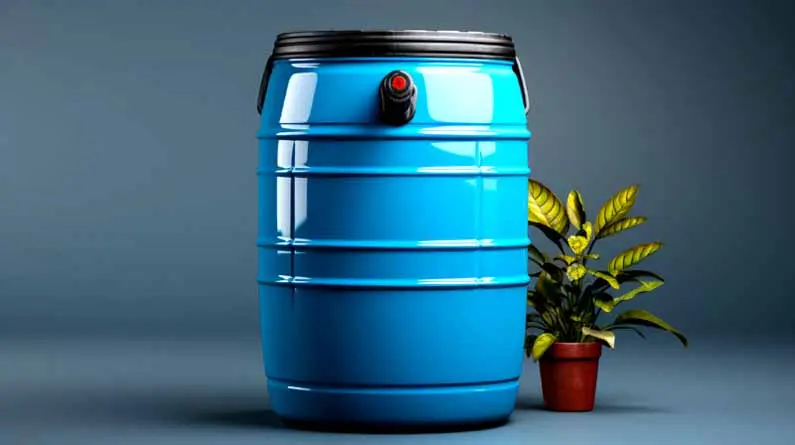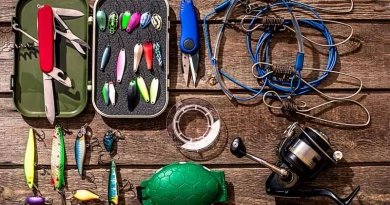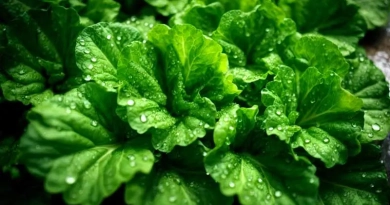
What is the best way to store water for long-term use?
The Best Long-Term Use Water Storage Solution
It was during one of those long, dry summers that stretched like a taut string across the calendar, making every day feel like an eternity under the scorching sun. That was when I began to ponder seriously about water—not just its immediate refreshing gulp but its prolonged sustenance. How do we secure this life-sustaining resource for times when the well might run dry? Thus, the question arose: What is the best way to store water for long-term use?
Understanding the Importance of Water Storage
In the face of life’s unpredictability’s, water storage transcends mere convenience to become a cornerstone of strategic preparedness. Water, often taken for granted, emerges as an essential lifeline when the unexpected strikes. Whether it’s the devastation wrought by natural disasters, the faltering of municipal water supplies, or the rugged demands of extended off-grid adventures, each scenario underscores the necessity for a reliable, ample stash of water. Let’s explore these scenarios in detail and the multi-faceted approach required to navigate their challenges effectively.
Understanding the Scenarios
- Natural Disasters: Hurricanes, floods, earthquakes, and droughts disrupt normal life with little warning. In such times, municipal water systems can be damaged or contaminated, making the immediate availability of stored, clean water not just a convenience, but a critical lifeline.
- Interruptions in Municipal Supplies: Infrastructure failures or maintenance can interrupt water supply without notice. Such interruptions, while usually short-term, can last long enough to create severe discomfort or health risks, especially in densely populated areas.
- Extended Off-Grid Adventures: Having a consistent supply of water stored means safety and survival for those who venture into the wilderness, where the unpredictable nature of natural sources replaces the tap. It supports basic hygiene, cooking, and hydration needs far from conventional water sources.
Navigating Options and Obstacles
Choice of Containers: The ideal containers for long-term water storage are those made of high-density polyethylene (HDPE), known for their robustness and chemical resistance. The challenge is twofold: ensuring containers are food-grade to avoid contaminating the water with harmful substances, and verifying they have never been used to store chemicals or non-food items previously.
Conditions for Storage: Proper storage conditions are pivotal. Water must be kept in a cool, dark environment to prevent the growth of algae and bacteria, which thrive under warm and lit conditions. Finding such a space poses a significant challenge in smaller homes or in climates where temperatures vary widely.
Treatment Before Storage: Water must be treated before storage to ensure its safety over time. Treatment options include chlorination, a simple method effective against a broad spectrum of pathogens, and ultraviolet light, which purifies without chemical additives. The main challenge here is applying the correct treatment method and dosage to preserve water quality without adversely affecting its taste.
Maintenance: Effective long-term water storage also requires an ongoing commitment to maintenance. This includes regular inspections for container integrity and water quality, periodic water rotation every six months to one year, and re-treatment to ensure safety. Establishing and adhering to a strict maintenance schedule can be demanding but is essential for ensuring the water remains potable.
Implementing the Best Solution
Selecting Containers: My choice involves 55-gallon drums of food-grade HDPE. Their new condition guarantees that no previous contents can compromise the water’s purity. These containers are robust, providing a long-term storage solution that effectively resists most types of degradation.
Preparing for Storage: I clean each barrel with a baking soda solution, followed by thorough rinsing and air drying. I treat the water with unscented household bleach, containing 5.25% sodium hypochlorite, at a rate of one teaspoon per 55 gallons. This treatment effectively controls microbial growth without significantly altering the water’s taste.
Storing the Water: I store the barrels in my basement, an ideal location due to its naturally cool and dark conditions. The barrels are placed on wooden pallets to avoid direct contact with concrete, which could lead to chemical leaching.
Maintenance Routine: Twice a year, I inspect each barrel for any signs of damage or contamination. Annually, I replace the water to ensure it remains fresh and re-treat it as necessary, following the initial procedures to guarantee safety.
The process of storing water for long-term use is a detailed and proactive approach to ensuring you have access to a vital resource in times of need. Whether faced with natural disasters, supply interruptions, or remote conditions, the peace of mind that comes from having a secure, well-maintained water supply is invaluable. This method not only prepares one for emergencies but also instills a discipline of readiness that pervades all aspects of life’s adventures.
Tools and Resources
For those looking to implement a similar system, here are the tools and resources you’ll need:
- Food-grade HDPE barrels
- Unscented household bleach with 5.25% sodium hypochlorite
- Baking soda
- A siphon pump for water extraction
- Water test kits to periodically check water quality
Secure and Ready
Now, when I descend into the cool quiet of my basement and see those stout barrels lined up, I feel a reassurance that goes beyond simple preparedness. It’s a testament to respect for nature’s most unpredictable turns and a commitment to safeguarding a resource that sustains life itself. Through thoughtful selection, meticulous treatment, and diligent maintenance, storing water for long-term use not only becomes feasible but also a wise step toward self-reliance in uncertain times.






